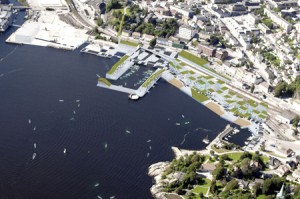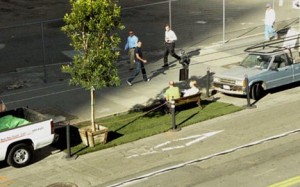
In my previous post I talked about how in the future we will be needing to retrofit our malls and redevelop our suburbs into mixed use communities that are human scale rather than reliant on the car. One great example of this is the redevelopment of the Cottonwood Mall in Utah. This mall is known for being the first mall in Utah and now is being known as the first mall to be turned into a neighborhood.
 RSS Feed
RSS Feed






 December 15th, 2010
December 15th, 2010  admin
admin  Posted in
Posted in  Tags:
Tags: 






